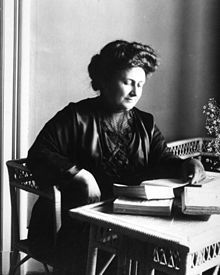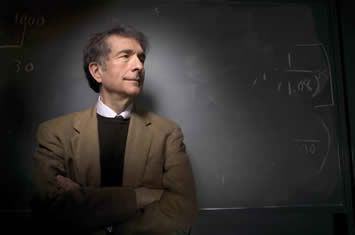
In 1954 psychologist Abraham Maslow developed his theory of Hierarchy of Needs. His hierarchy is based on the assumption that human beings have basic needs. These needs expound upon each other over time until self-actualization occurs. We’ve come a long way since this theory was developed. Though time and circumstance see our world a different place, the basic tenants of human nature and needs stay the same. Needs being met allude to learning taking place and meaningful life. Since learning and views on life begin in the home and continue in school, what better gift can parents and teachers give children than to truly understand and strive to meet their basic needs? Maslow said humans have physiological, safety, belongingness and love, esteem, and self-actualization needs. These needs begin with infancy and continue through adulthood. Childhood then, is a critical time for all.
What about current childhood experiences? When Maslow stated his theory, most families had two parent households with one parent working and one at home. The steady rise of one-parent families and extended working hours has placed a strain on the amount of time available to meet the needs of children. Add to this increasing demands society places on all to achieve and it’s easy to see how the most important things in life may fall by the wayside.
That said, this will be the first in a series of posts based on Maslow’s Hierarchy, which is just as valid today as when first theorized. I hope you will add ideas and real world examples as levels are published. Children are our future and the most important adult task we have is to make sure children are nurtured substantively to encourage life-long learning that leads to meaningful lives worth living. Until tomorrow…












